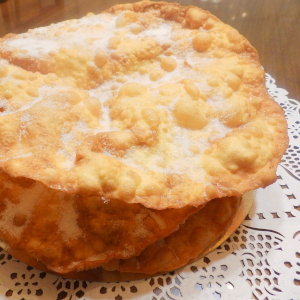Yesterday we explored the similarities and differences between the classic cuisines of Catalan Spain and France, and the tiny principality of Andorra, located on their mutual border. We found many similarities, but the Andorran dishes we surveyed maintained a distinctive flavour all their own…
 Coques amb Pinyoñs: Famous Andorran Coca Bread. The basis for many national treats!
Coques amb Pinyoñs: Famous Andorran Coca Bread. The basis for many national treats!
Today, we’ll look at their traditional breads and desserts – and I’ll bet we find they’re similar in some ways to French and northern Spanish styles, but special in their own ways, too!
On our menu today
Andorran breads are characteristically simple and easy to make. The exception is their staple loaf, the Pa de Pagès, a sour dough loaf that takes most of a day to proof before baking. Whatever type of bread they choose, Andorrans love to dress it up with sweet or savoury toppings.
Breads
Pa de Pagès: This is the staple bread of Andorra, borrowed wholesale from the traditional ‘daily bread’ of neighbouring Catalonia, in Spain. It’s a rustic sourdough loaf, made everywhere in Andorra, both at home and at bread bakeries.
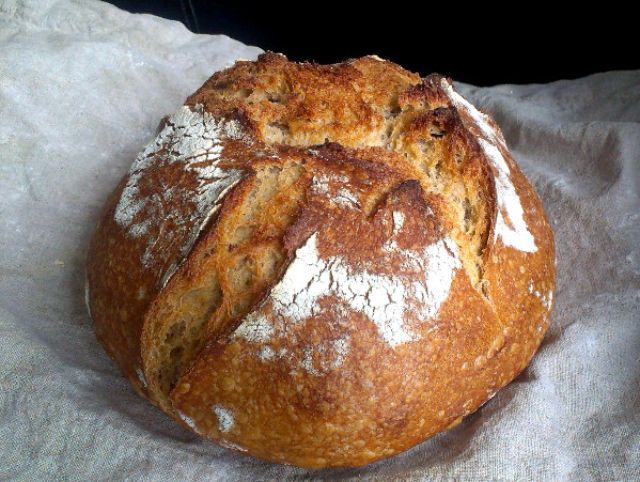
It’s rested (proofed) for 12 hours before forming into a large, 1 kg loaf and baked at gradually-reduced temperatures starting at 450 F and finishing a5t abo0ut 350 F. That results in a nice crispy crust and a soft, fluffy interior. Pas de Pagés fills all the roles demanded of bread in Andorran cuisine.
Coques amb Pinyons: Sometimes simply ‘Coca’; ‘Pine Nut Cake’. But it’s actually a flat bread topped with a variety of ingredients depending on where you eat it. It’s found in both sweet and savoury varieties across French Catalonia, Spanish Catalonia and Andorra. The sweet version uses a brioche type dough with eggs and sugar. The savoury kind uses just yeast and salt. Andorrans prefer it savoury, topped simply, with Pine Nuts.
Pa amb Tomàquet: This is a national favourite of Andorrans, and a ‘tapas’ that hooks visitors instantly. Some refer to it as a Catalonian bruschetta. The bread base is plain Coca Bread (without the Pine Nuts), formed into a flat, baguette-like loaf.
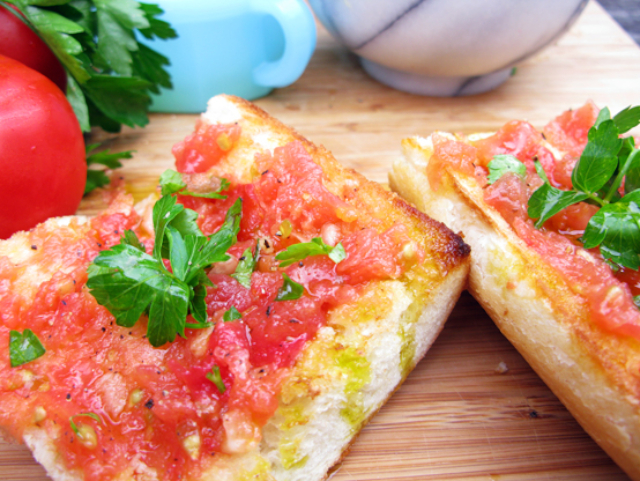
The ‘open’ (open-face) variety looks much like a bruschetta or an oblong pizza. The bread is toasted before dressing. The ‘closed’ (folded up) type looks like a long, narrow Calzone. Either way, the topping (stuffing) consists of tomatoes, garlic, olive oil and salt.
Desserts
Andorran desserts share many forms with Catalonian and French favourites. Like many European cuisines, Andorrans have their versions of Crème Brûlée (The famous Crema Catalana), Easter Bread and other familiar specialties. We’re going to take a peek at some less-well-known Andorran sweets…
Andorran Torrijas: Andorran Dessert French Toast. Similar to ‘French Toast’ desserts found in various corners of Europe, especially around the Mediterranean. It starts with Pas de Pagès, sliced thick, and dipped in beaten eggs and fried. Nothing special there. But the Andorran version is usually flavoured with cinnamon and lemon. And the finished toast is rolled in a mix of cinnamon and sugar. Serve topped with a syrup made with sugar, cinnamo0n and a few drops of almond extract.
Brac de Gitano: (The Gypsy’s Arm): A Thin sponge cake made with lots of sugar and eggs, and rolled up around an almond filling consisting of whipped cream, almonds, powdered sugar, coca powder and apricot or peach jam.
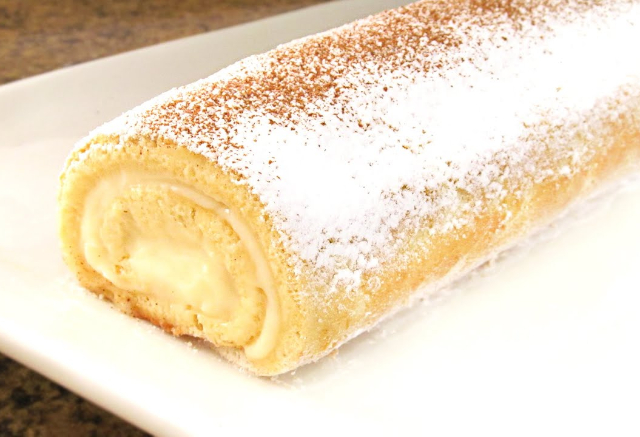
Serve as a dessert or with coffee or tea. This roll will definitely satisfy any sweet tooth!
Carquinyolis: Surprise! A Catalan version of Italian Biscotti. Made with flour, butter, sugar, eggs, yeast and lemon rind. One version changes out some of the wheat flour in favour of buckwheat flour. The flavour is unique. Experiment wth al kinds of nuts. Each will impart a distinct flavour of its own. Andorran bakers all have their own recipes…
Meli Mató: The best way to describe it is: A cheese pudding, distantly related to what we know as ‘cheesecake’. Bring Milk to a boil and take off the heat. Add lemon juice to curdle. Drain the fresh ‘cheese’ you’ve just made in a cheese cloth bag and drain thoroughly.
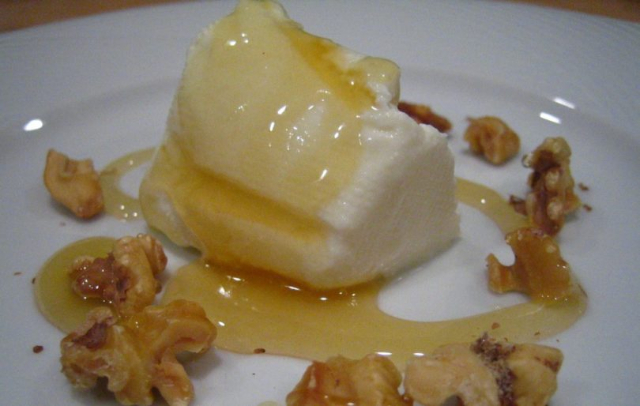
Pour the cheese into individual serving bowls, or a greased round tin or glass dish. Chill in the freezer for at least an hour before serving. Top with a mixture of honey and nuts – traditionally walnuts.
Orelletes: ‘Ears’. Round pastries that look something like ear lobes (see photo, top of page). They’re made from flour, sugar, eggs, anise, and olive oil. They may also include citrus juice or zest. They’re traditionally dusted with powdered sugar and served with sweet wine after Mass or on special occasions such as weddings and birthdays.
Beverages
Adorrans love their (mainly Catalan-derived) alcoholic beverages. Beer and Wine are top favourites. Most are relatively light-bodied due to the short growing season at high altitudes. Some are sweet, similar to French Sauternes. But there are some typically Andorran drinks that will come as pleasant surprise…
Granizado: This is one of the most popular quaffs across Andorra. According to lets-travel-more.com, it’s: “…a combination of several fruits or juice, including orange and lemon, and sometimes, coffee is cruised inside to deliver a different taste and drinking experience. Wherever you go, you’re likely to find people enjoying their day or evening, sipping on a cup of this lovely drink.”
Orxata: Also called ‘Horchata’, this is a milk-like drink derived from xufa, or ‘Tiger’ nuts, originally brought to the Iberian Penninsula by the Moors. The nuts are soaked in cold water for 12 hours or so, mashed or zapped in a blender to make a purée, and added to a large amount of water to soak again for another couple of hours.
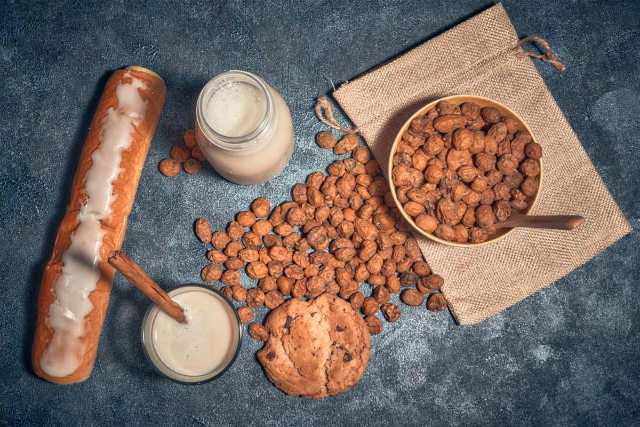
The resulting milky fluid is strained through a cheese cloth bag and refrigerated before serving. Some folks like to freeze it, to enjoy as a slushy or shake. It’s everywhere in Catalonia and Andorra in the summer.
Hypocras: Named after the Greek physician and philosopher Hippocrates, this tonic wine is a favourite, especially among older-generation Andorrans who believe it has abundant medicinal benefits.
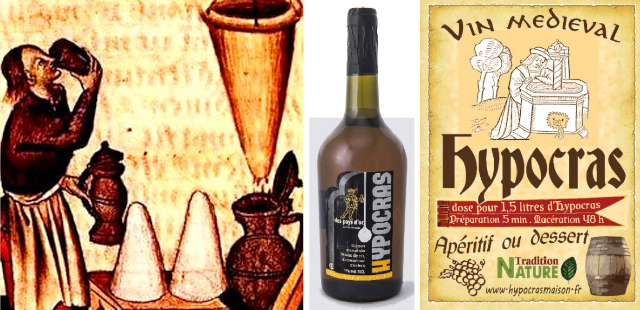
It’s made with a variety of medicinal plants, rose petals, ginger and spices, and consumed mostly in the evenings like an aperitif.
Andora is amazing!
I’ll bet you never thought a little country like Andorra would hold such amazing gastronomic delights! But now you know. Don’t sit on the secret. Start serving you family and friends some the unique, hearty Andorran dishes we’ve unveiled in the past couple of days! And don’t forget to Google the vast and ingenious internet for more Andorran treats!
~ Maggie J.

